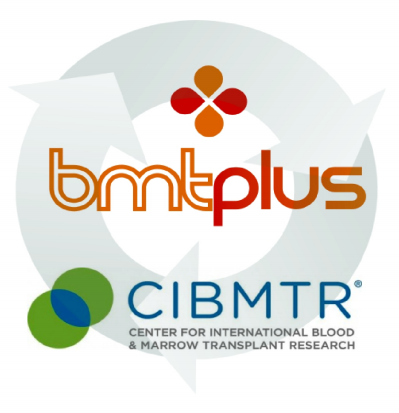
Sankalp uses it’s own custom technology platforms for all it’s projects. As a natural consequence, all project related data is captured digitally on a day to day basis. This gives the teams an opportunity to not just view retrospective data from time to time, but also the power to analyze data and consequently bring in regular improvements in the work. Contribution to the field of transfusion medicine, thalassemia and bone marrow transplants is also something that Sankalp regularly offers through such systems.
Although the journey of going for hard scientific analysis, review and eventually publishing the learnings started in 2013-14, it is only in the last 1 year that this is done as a matter of standard practice.
We are extremely happy and proud to share that through our association with our technology partner, Jagriti Inno-Health Platforms, the algorithms, techniques and standard practices for data analytics, reporting and presentation have been automated into most of our platforms. This practice has brought in agility and sustained focus on following the right practices. A large pool of professionals are already part of the Sankalp ecosystem and bring in their expertise and knowledge in ensuring that the papers and presentations have a high degree of scientific relevance.
In this regard, we are happy to share that www.bloodadvances.org the official journal of American Society of Hematology (ASH) has accepted Sankalp-Cure2Children BMT Network's work on using ATG versus Thiotepa for immunospuression for publication. The tile of the publication is “ATG vs. thiotepa with Busulfan and Cyclophosphamide in matched-related bone marrow transplantation for thalassemia” We cannot wait for the process to complete and the article to be available online. We will keep it open access and available for all to read, thanks to Cure2Children. Dr Lawrence Faulker from Cure2Children, Italy who medical director of the Sankalp People Tree Bone Marrow Transplant Unit is the main author. A sincere thanks to all the partner organisations and co-authors (from People Tree Hospitals, Bangalore, India; South East Asia Institute for Thalassemia, Jaipur, India; Children's Hospital Pakistan Institute of Medical Sciences, Islamabad, Pakistan; Asiri Central Hospital, Colombo, Sri Lanka; Nawaloka Hospital, Colombo, Sri Lanka) for working with us on this publication.
Another significant breakthrough was achieved in the last month. We are proud to have started submitting our transplant data to the Center for International Blood and Marrow Transplant Research (CIBMTR).The CIBMTR® (Center for International Blood and Marrow Transplant Research®) is a research collaboration between the National Marrow Donor Program® (NMDP)/Be The Match® and the Medical College of Wisconsin (MCW). The CIBMTR collaborates with the global scientific community to advance hematopoietic cell transplantation (HCT) and cellular therapy worldwide to increase survival and enrich quality of life for patients. The CIBMTR facilitates critical observational and interventional research through scientific and statistical expertise, a large network of transplant centers, and a unique and extensive clinical outcomes database.
This sets the bar of transparency, accountability and quality higher. The data from our transplant centers will be submitted electronically to international registries (through BMTPlus); thereby enabling bench-marking of transplant outcomes with the best centers in the world. We believe that this is an important step in the direction of making transplants safer, more accessible in our country.
We are confident that with the addition of more knowledgeable professionals into our network (which is already happening on several fronts), the bringing on board of a Clinical Research Associate and the formation of an Institutional Ethics Committee Sankalp will be able to facilitate the studies on various topics of relevance in the field of thalassemia, Bone Marrow Transplants, blood donation and transfusion medicine.
